John B Sparks’ Histomap of 1931 covers 4000 years of history and shows how the relative power of states, nations and empires changed during that time (click to enlarge).


John B Sparks’ Histomap of 1931 covers 4000 years of history and shows how the relative power of states, nations and empires changed during that time (click to enlarge).

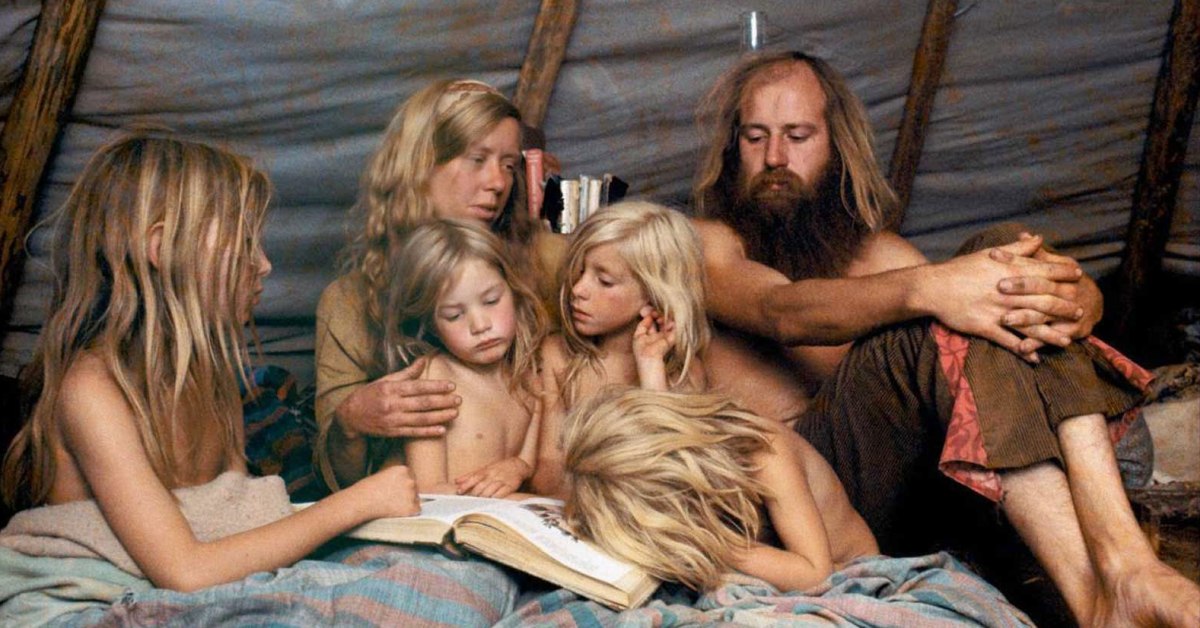
Snapshots from the life of ‘consolidated’ hippie communes in 1969 by LIFE photographer John Olson.



















Via Vintage Everyday


Ufonaut Petak has been on a tour of the Western Galaxy and according to him 16th century costumes are once again fashionable among the superheroes and villains of the universe. The great thing about the creations of artist Sacha Goldberger, besides managing to stay faithful both to the hero and to the historical period, is that they are REAL, and so are the look-alike models wearing them. There’s no Photoshop involved.















Via Kotaku, bored panda
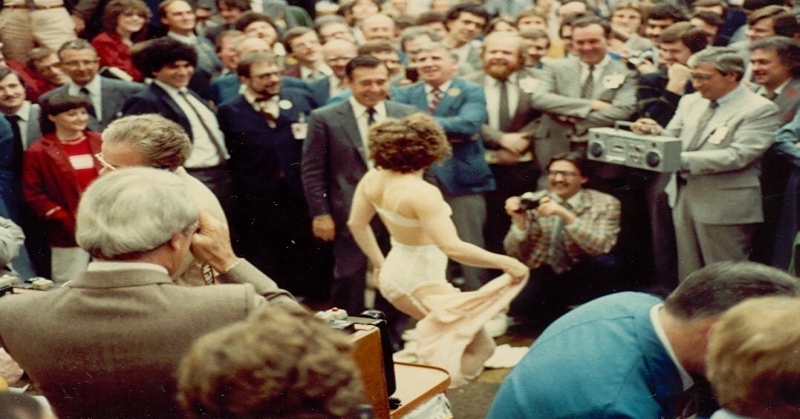
Here are some of the most interesting snapshots into world history.





































See also:
Rarely Seen “Enchanted” Moments of World History Part 2, Part 3, Part 4, Part 5
Rarely Seen “Enchanted” Moments of US History Part 1, Part 2
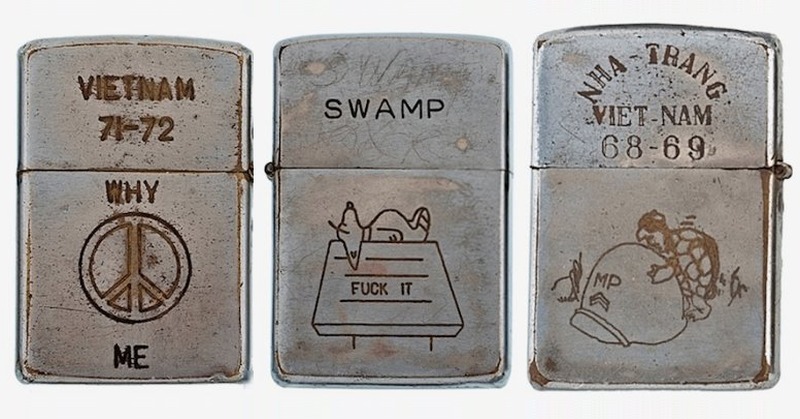
The iconic Zippo lighter. For American GIs fighting in Vietnam, it was a tool and a talisman at the same time.

These Zippos belonged to US soldiers who engraved them with texts that are sometimes kind of optimistic, but more often pessimistic as hell.
Bradford Edwards, an American artist who has lived in Vietnam for 15 years, has examined, by his own estimate, more than 100,000 Zippos in the markets and back alleys of Ho Chi Minh City, formerly known as Saigon. According to npr, Edwards calls the Zippos left behind “pure art without ambition” – personal narratives that capture the mixed emotions of a confusing time and place.
“You find everything on these lighters,” Edwards says. “And what you find mostly is this general feeling of young male Americans. People who were not happy about coming and were even less happy about being here. Feelings about the war, about the military, about how they were feeling personally, missing their girlfriends, drug use, sex, everything was on the lighter. There it was, a miniature little canvas, and there was an etching table, a vendor, and you just had whatever you wanted inscribed on it. So, it was for them.”
So then, here are some rather shocking Zippos from Vietnam.










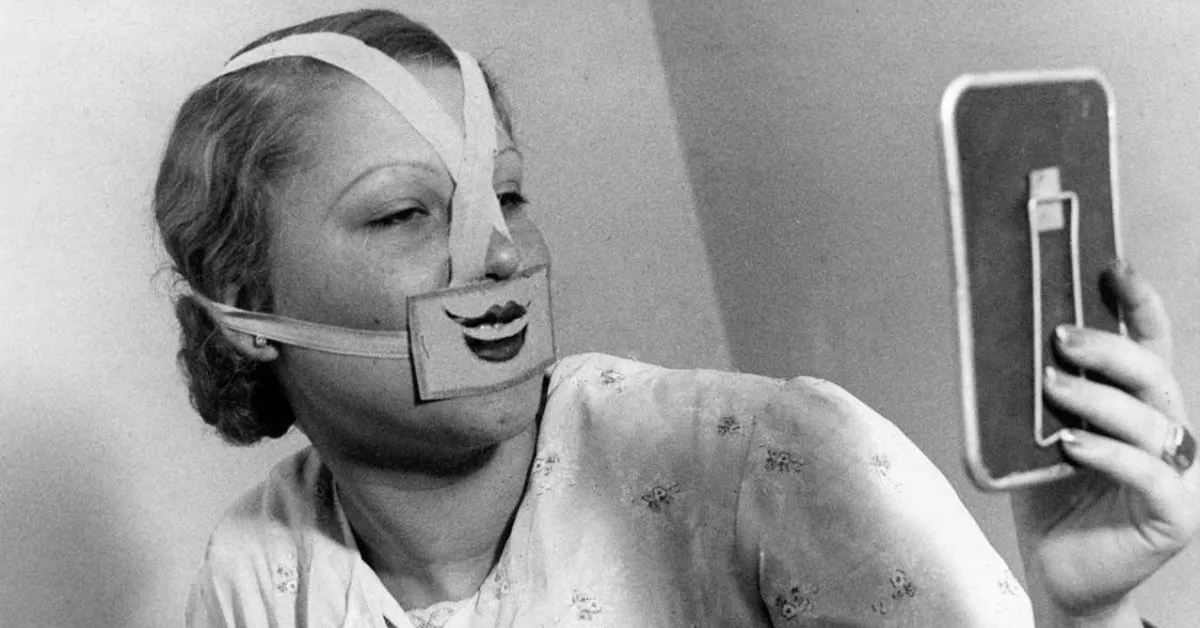
Around 1937, apparently a smiling school came into existence as a result of a suicide wave in Budapest that was allegedly connected to Gloomy Sunday, a song known by the world as the Hungarian suicide song.

The beauty of Budapest is a magnet for tourists, yet for years the capital has been known as the “City of Suicides”, wrote the Australian Sunday Times of 17 October 1937. The article, entitled City of Suicide, City of Smiles, also reveals that, among other factors, the evergreen Gloomy Sunday (more about the song later), which had become world famous a few years earlier, may have played a role in Budapest having been named so.
The media quickly picked up on the theme, with Dutch, Italian, French and German newspapers writing about Rezső Seress’s song, which was by then being called a “suicide anthem”. The mood spread from Europe to America, where The New York Times reported that crowds in Budapest had jumped into the Danube because of the song. According to the Perth weekly, Professor Jeno(?) and the hypnotist Binczo had the idea of starting a smiling club to stem the suicide tide, and then, seeing its popularity, a smile school in 1937.

At the Budapest school, “students” could learn the smiles of world-famous people such as Clark Gable, Dick Powell and Roosevelt, but the instructors also guaranteed the iconic smile of Mona Lisa.
Tuition fees were determined by the difficulty level of the smile chosen. Prof Jeno said it was a great opportunity to use the methods used in the school to make Budapest a city of smiles.

Gloomy Sunday was written in 1933 by Rezső Seress, a Hungarian pianist and composer, and later had lyrics added by his friend László Jávor, a poet. The song was a melancholic lament for a lost lover, and it expressed a desire to join them in death. The song became popular in Hungary and abroad, but it also gained a notorious reputation for being linked to many suicides.
According to some reports, people who listened to the song or had references to it in their suicide notes were found dead. Some sources claim that the song was banned in Hungary and other countries because of its association with suicide.

However, the evidence for the causal relationship between Gloomy Sunday and suicide is weak and disputed. Some researchers have argued that the song was merely a reflection of the social and economic hardships that Hungary faced in the 1930s, and that the suicides were not influenced by the song but by other factors.
Others have suggested that the media exaggerated or fabricated the stories of suicides related to Gloomy Sunday, creating a self-fulfilling prophecy or a moral panic. Moreover, some versions of the song had different lyrics or endings that were not as gloomy as the original.

Rezső Seress himself suffered from depression and loneliness throughout his life. He survived the Nazi forced labor camps during World War II, but his mother did not. He also never received much recognition or royalties for his song, as he refused to leave Hungary for the USA. He committed suicide in 1968 by jumping out of a window and then strangling himself with a wire in the hospital.
The Hungarian suicide rate has traditionally (since the 19th century) been so high that Hungary was among the first European countries to start collecting statistics on the subject. Between 1955 and 1989 (during communist times), the incidence of suicides further intensified, with the country having the highest suicide rate globally in this period.
Factors contributing to this include historical and cultural influences of political oppression, economic hardship, and war, shaping a pervasive sense of pessimism. Mental health issues like depression, anxiety, and alcohol abuse are prevalent, but hindered by underfunded and understaffed services, compounded by societal stigma. Social isolation and loneliness, particularly acute in rural areas with limited opportunities, further elevate the risk of suicide by eroding a sense of belonging and purpose in life.

Photos: Het Leven, Spaarnestad Photo
Sources: 1, 2, 3, 4, 5, 6, 7

I remember people having a fine sunny May 1st in Europe… Nobody was aware what is coming, especially that the Soviet media kept silent about it for 3 long days…
For those of you who don’t know what I’m talking about: the Chernobyl disaster was a catastrophic nuclear accident that occurred on April 26, 1986, at the Chernobyl Nuclear Power Plant in Ukraine, then part of the Soviet Union. A poorly designed experiment at reactor Unit 4 led to a loss of control and a series of explosions that destroyed the reactor and released large amounts of radioactive material into the atmosphere. Estimates of resulting deaths vary widely, ranging from up to 4,000 for the most exposed individuals in Ukraine, Belarus, and Russia, according to a 2005-2006 United Nations consortium, to a total of 16,000 for all of Europe. Some projections even suggest a figure as high as 60,000 when considering the effects worldwide. The accident is considered the worst in the history of nuclear power generation, and its effects are still felt today in terms of health, environmental and socio-economic impacts.
Here are 10 lesser known facts about the disaster.


Sanna Dullaway colorizes old photos and does it extremely well. First, here are some before/after pics.





And here are the fully colorized photos:









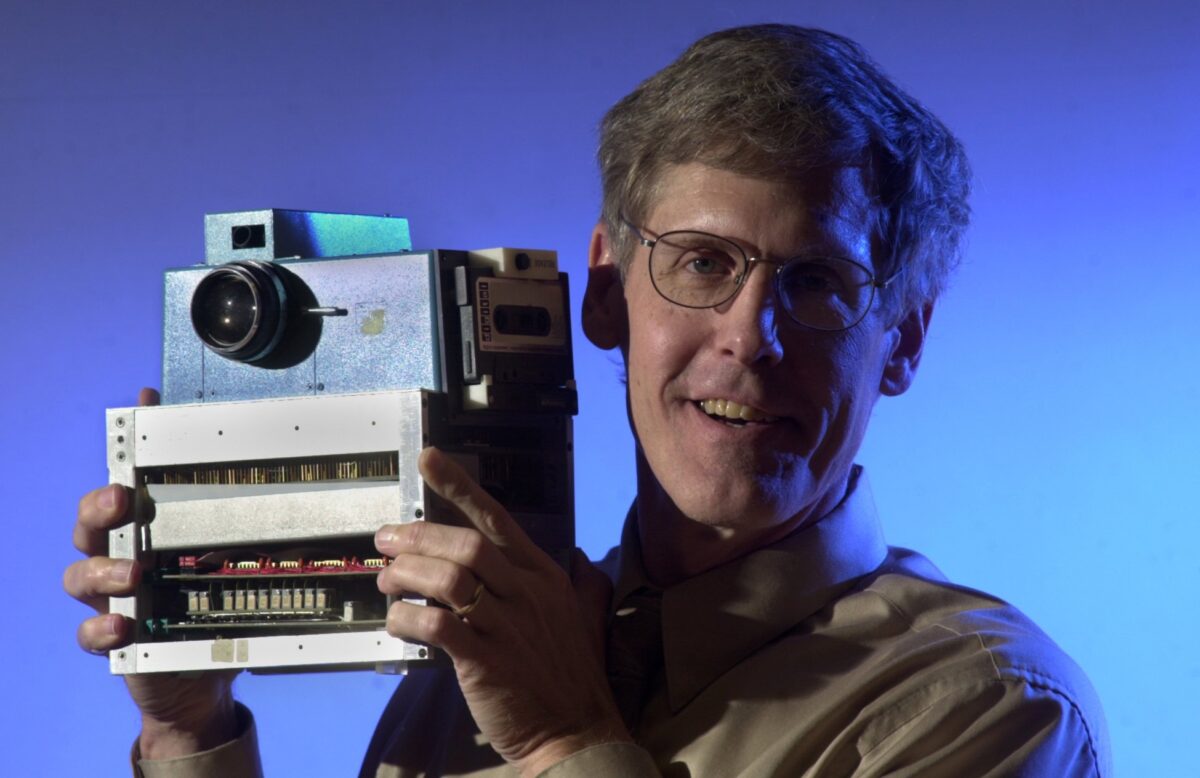
It has developed a fair bit since…

…was created in December 1975 by an engineer at Eastman Kodak named Steve Sasson (guy on above pic). In a Kodak blog post written in 2007 he explains how it was done:
“It had a lens that we took from a used parts bin from the Super 8 movie camera production line downstairs from our little lab on the second floor in Bldg 4. On the side of our portable contraption, we shoehorned in a portable digital cassette instrumentation recorder. Add to that 16 nickel cadmium batteries, a highly temperamental new type of CCD imaging area array, an a/d converter implementation stolen from a digital voltmeter application, several dozen digital and analog circuits all wired together on approximately half a dozen circuit boards, and you have our interpretation of what a portable all electronic still camera might look like.“

The camera weighed 8 pounds (3.6 kg), recorded black and white images to a compact cassette tape, had a resolution of 0.01 megapixels (10,000 pixels), and took 23 seconds to capture its first image in December 1975.

To play back images, data was read from the tape and then displayed on a television set.

Via Petapixel, 3dfocus, Wikipedia
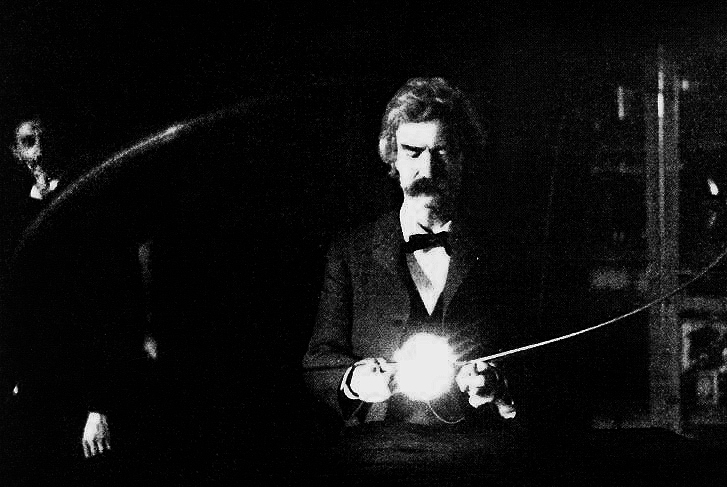

Mark Twain in Tesla’s lab, 1894

A 10 x 15-foot wooden shed where the “Harley-Davidson Motor Company” started out in 1903

Testing football helmets in 1912

Helmets again: A Pyramid of captured German ones in front of the NYC Grand Central Terminal, 1918

A bar in New York City, the night before prohibition began,1920

Mount Rushmore Before Carving, 1920s


A quiet little job at a crocodile farm in St. Augustine, Florida, 1926 (UPDATE: well, an alligator farm of course, as Roy notes in the comments below)

World economic crisis, 1929

Central Park in 1930

Last four couples standing at a Chicago dance marathon, ca. 1930

Meeting of the Mickey Mouse Club, early 1930s

Confederate and Union soldiers shake hands across the wall at the 1938 reunion for the Veterans of the Battle of Gettysburg

When they realized women were using their sacks to make clothes for their children, flour mills of the 30s started using flowered fabric for their sacks, 1939

NY, Coney Island, 1940

The thirty-six men needed to fly and service a B-17E in 1942 (Photo by Frank Scherschel, Life Magazine)

A man begging for his wife’s forgiveness inside Divorce Court. Chicago, 1948

Three young women wash their clothes in Central Park during a water shortage. New York, 1949

19 year-old Shigeki Tanaka was a survivor of the bombing of Hiroshima and went on to win the 1951 Boston Marathon. The crowd was silent as he crossed the finish line. (UPDATE: As Peter notes in the comments below, “Tanaka was not exactly “a survivor of the bombing of Hiroshima” — when the bomb was dropped, he was at home, about 20 miles from the site. He saw a light and heard a distant rumble, but was personally unaffected by the bomb.”)

Florida’s last Civil War veteran, Bill Lundy, poses with a jet fighter, 1955

NASA scientists with their board of calculations, 1960’s

Muhammad Ali’s fists after the fight with Cooper, 1963

New York firemen play a game after a fire in a billiard parlor, 1969

An abandoned baby sleeps peacefully in a drawer at the Los Angeles Police Station, 1971

Boy hiding in a TV set. Boston, 1972 by Arthur Tress

A spectator holds up a sign at the Academy Awards, April 1974

Robert De Niro’s cab driver license. In order to get into character for the film Taxi Driver, he obtained his own hack license and would pick-up/drive customers around in New York City.

Nancy Reagan sits on the lap of Mr. T, dressed as Santa, 1983

Ronald Reagan wearing sweatpants on Air Force One, 1985
Rarely Seen “Enchanted” Moments of US History Part 2
Rarely Seen “Enchanted” Moments of World History Part 1, Part 2, Part 3, Part 4, Part 5
Sources: Imgur, Reddit, RLT blog